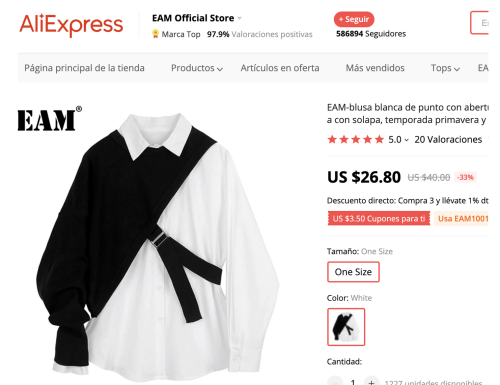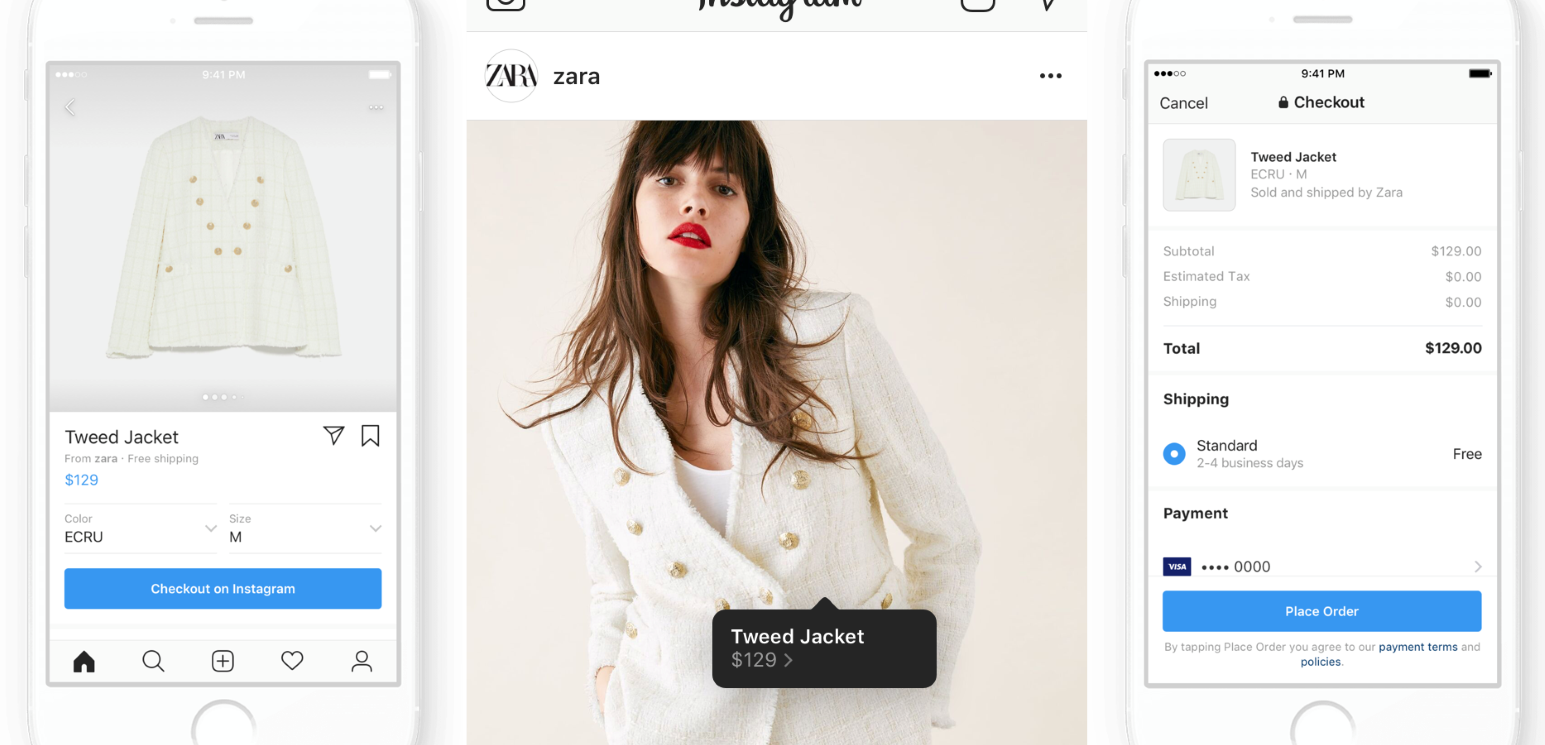A little over 11 years ago, Instagram was launched by Kevin Systrom and Mike Krieger. While the filters were pretty atrocious, and folks really had no clue what to do other than post shots of their dinner or pets, it took off. In two years, it caught the attention of Meta, parent company of Facebook, who purchased it for $1 billion.
Seems like a bargain now, doesn’t it? I wonder how many exotic islands you could buy with that kind of money.
With Meta’s backing, it quickly became apparent that Instagram was going to move on to bigger and better things, like influencers, artsy material, and the most important aspect, shopping. Instagram is a sticky site, so shopping is a natural. Once people stay a while and begin to feel comfortable, they are much more likely to bring out their wallets.
Unfriendly Ghosts
The only problem with this, though, is that today there in an increasing number of ghost stores on the site. These are shops that sell identical items available elsewhere, but at jacked-up prices. Worse yet, the text is sugar-coated in marketing-speak about things like sustainability, ethics, and all the feels you would expect from folks in the smoke and mirrors business.

And the sad part is, it is all perfectly legal. As for ethicality, you have to make up your own mind. All I’m saying is that you better be careful if you buy a cute little dress off some boutique shop on Instagram you never heard of before. It could be a ghost store.
Which also means that women are the targets in these ghost store campaigns. These are well-crafted by people who know all the levers and how to use digital marketing to its fullest.
Jargon, Please
The newsworthiness of this is filled with marketing jargon, like white labeling and drop shipping. These are things that have gone on as long as there has been marketing. But in the digital global economy era, it’s all too easy to source items from around the world in a heartbeat. Then they throw together a website and social media presence between beats, and a ghost store is born.
Drop shipping has been used for decades by retailers who did not actually carry inventory of the items they sold, which in ye olden days was typically large consumer durables. They had arrangements with manufacturers. A customer could buy an item based on looking at a brochure or perhaps a display model. The manufacturer would then ship directly to the customer. There was zero risk and a nice profit for the retailer, though.
White labeling occurs when one manufacturer makes the product, but then sells through multiple retailers who all have their unique label affixed. In the brick and mortar world, it was hard to ever know this was happening, because comparisons were difficult. In the digital world, though, a savvy shopper could uncover the truth in seconds. Or less.
Googling In Reverse
Before you pull the trigger on that fast fashion dress, do a reverse image search on Google. This is actually very simple, and will help you find everyone else who is selling the same thing, often at very different prices. The garment I included in this blog is available from one retailer for $26, while another is selling it–enhanced no doubt with fluffy verbiage and virtue signaling–for $90.
So here’s how you do your homework. Go to images.google.com, and click the little camera icon at the far right of the search box. This then spawns a pop-up that will allow you to enter a URL, or drag or upload an actual image of said item. A screen shot will suffice.


See? I told my students a few weeks ago that visual search was for real, and what a handy tool it is. It is now your best friend.
Fast Fashion, Fast Profit
The problem is further complicated by these nefarious “ghost stores” who are aggregating inventory by hook or crook. They may possibly be buying in large volume from Shein (pronounced “she-in”). Or maybe they are just using the same contract manufacturer in China. The important thing to remember is that in the world of fast fashion, Shein is the price point setter. These are garments meant to be worn not for a season, but maybe only a few weeks before the next next thing hits the streets. Then they self-destruct.
And like I said earlier, no laws have been broken. It’s all perfectly legal. If these ghost store “sheisters” ever start feeling heat, they can shut down and reappear tomorrow with a completely different name and look. Or, have multiple outlets at the same time. It’s like going to a virtual flea market, but instead of knockoffs, they are selling the exact same thing, and typically at hyper-inflated, social justice-oozing prices.
Too bad that the portal Systrom and Krieger developed has evolved into such a minefield of downright shady behavior. It’s almost enough to make you want to go back to seeing what your friends had for dinner last night. Or stupid pet tricks. At least you don’t waste your money that way.
Dr. “Hang On To Your Wallet” Gerlich
Hickman Professor of Marketing


